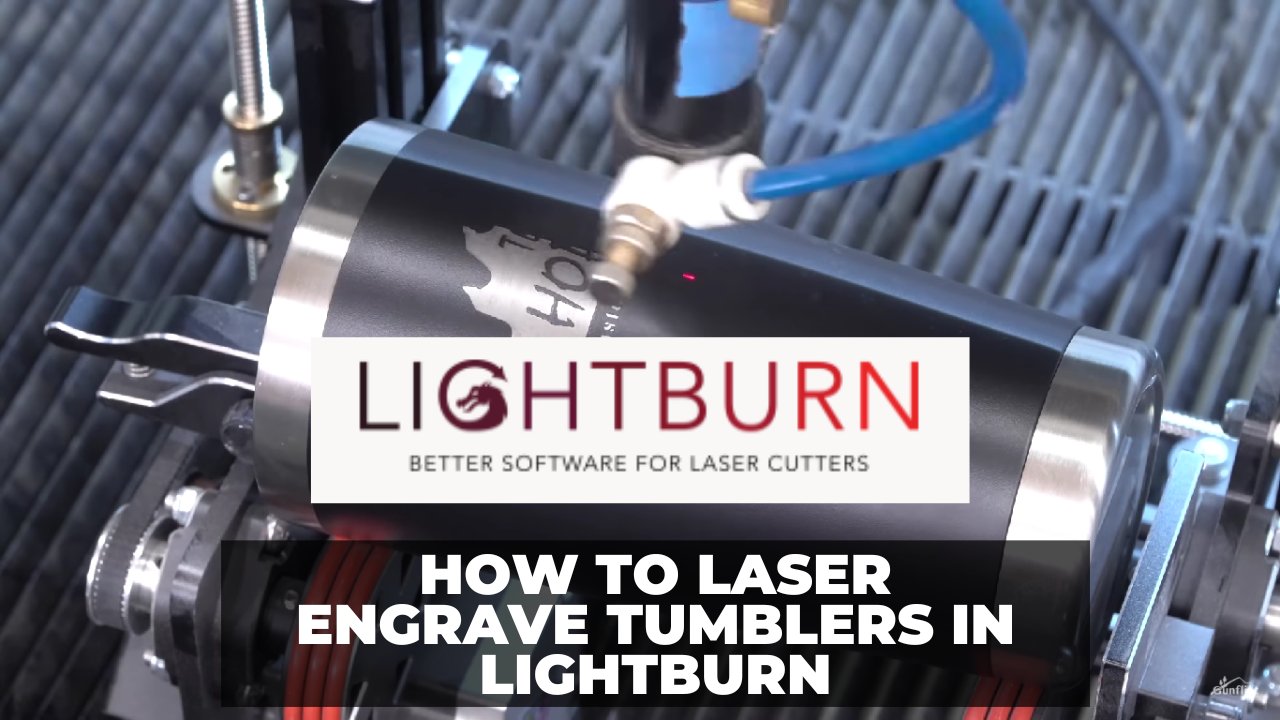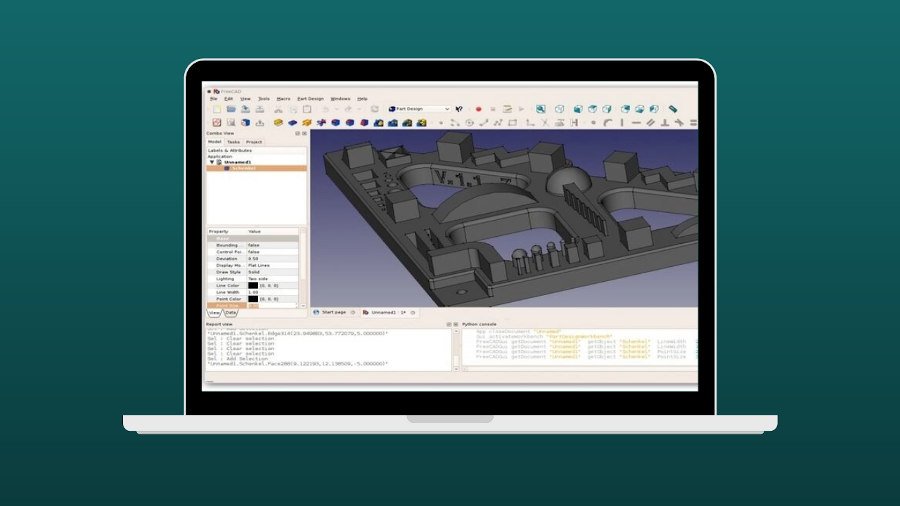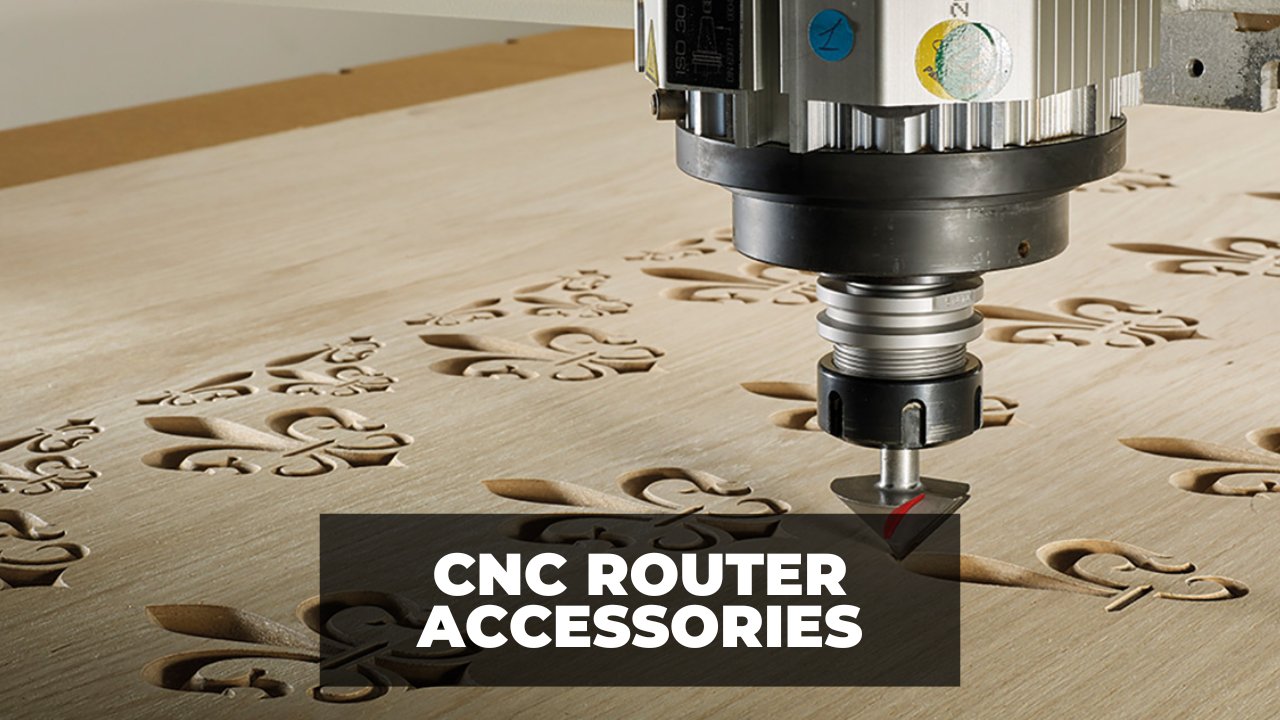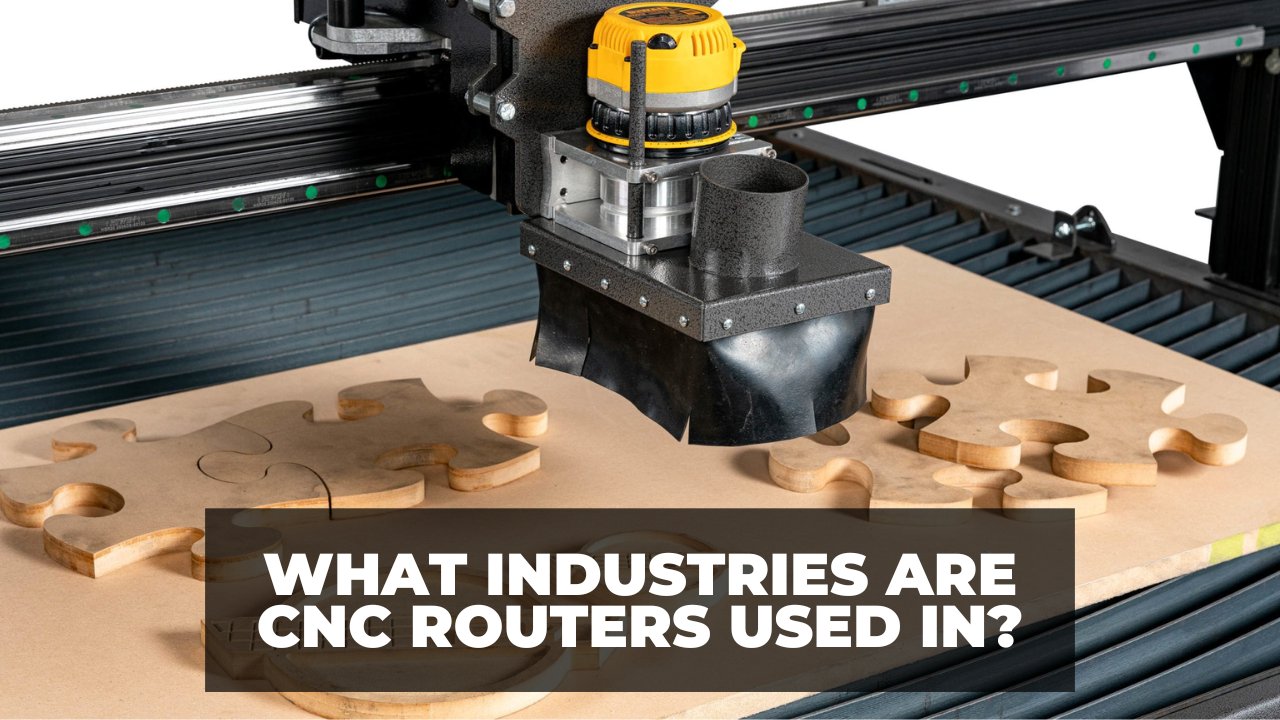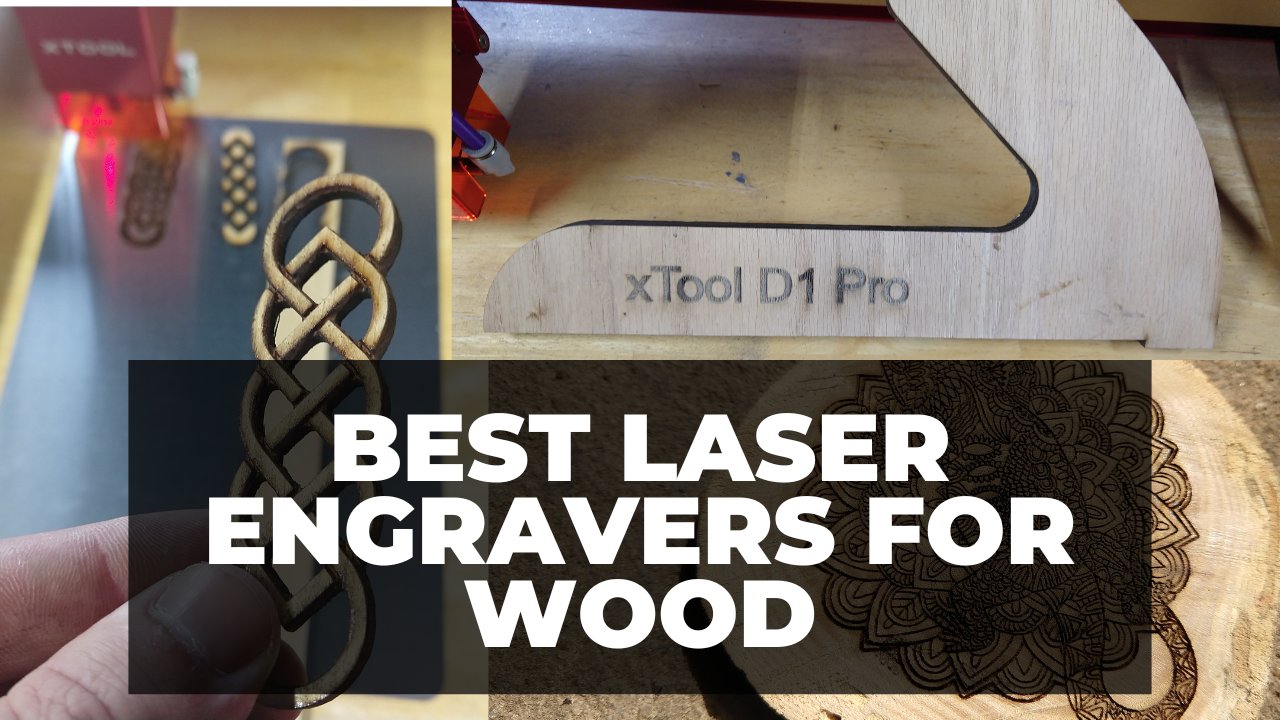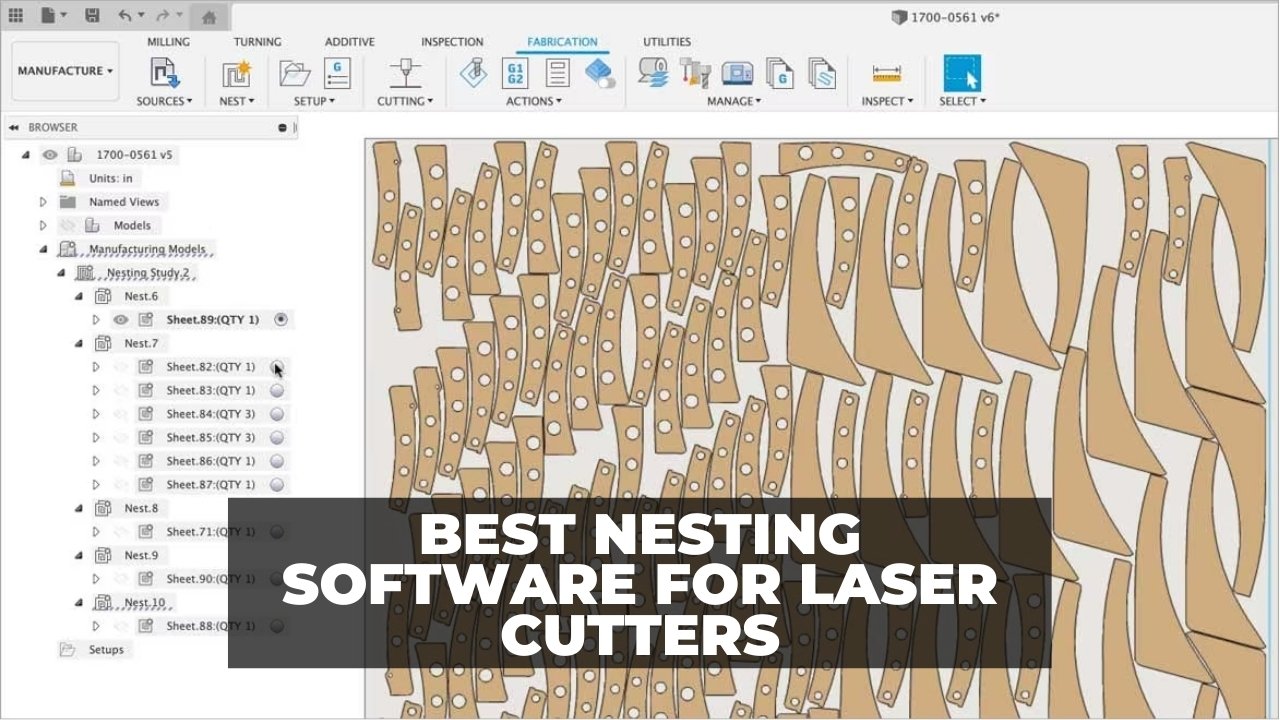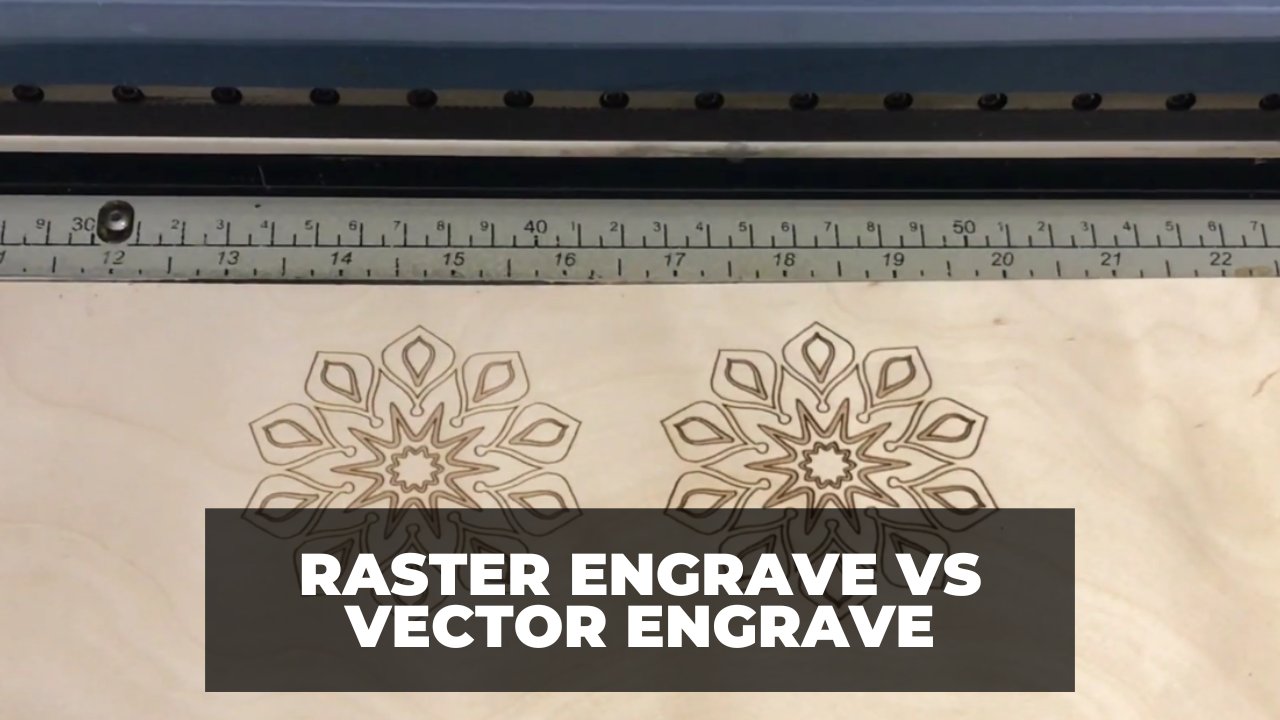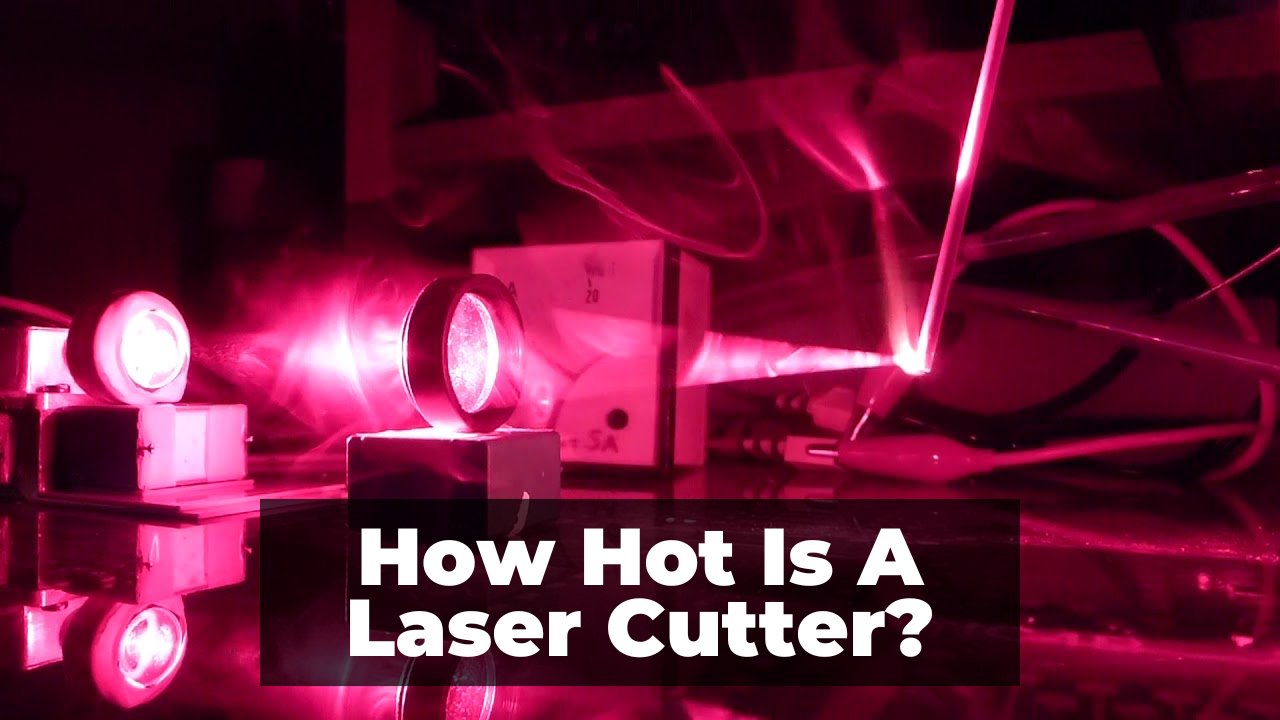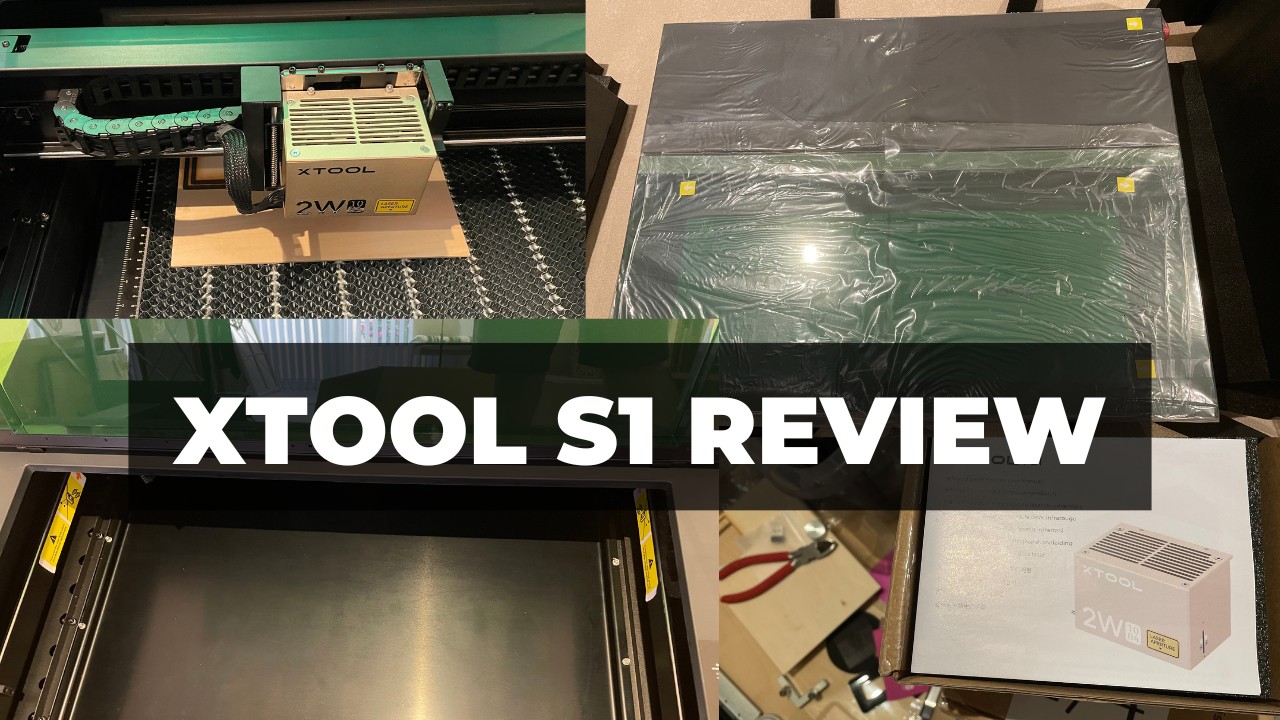Key Takeaways
- Stepper motor types: 4, 5, 6, or 8 wires. 4 and 5 wires are fixed. 6 and 8 wires are changeable.
- Wiring options: Unipolar, bipolar series, bipolar parallel, or bipolar half coil. Each has different performance and current.
- Wiring methods: Depends on the number and color of wires. Use datasheet or guide to connect to driver terminals.
- Wiring tips: Choose wiring based on your application, budget, and speed. Experiment with different wirings to optimize results.
You can do several things if you are dissatisfied with your stepper motor’s performance. You can change the stepper motor or the stepper motor driver or modify your stepper motor wiring (unipolar, bipolar series, bipolar parallel, half coil).
For example, changing your wiring and stepper drivers from unipolar to bipolar series gives you very different stepper motor performance. Your stepper motor will have better holding torque, although it will lose its high-speed abilities.
Some stepper motors come with factory-tuned wiring (for example, bipolar series) that you can’t change, whereas other stepper motors allow you to choose your stepper motor wiring.
We will show you how to find the types of wiring your stepper motor allows. Then, we will help you to decide which is best for you.
Here are the different ways of wiring stepper motors:
- Unipolar
- Bipolar series
- Bipolar half coil
- Bipolar parallel
You will benefit from this article greatly if:
- You are in the stage of buying stepper motors.
- You want to wire your stepper motor.
- You want to change your stepper motor’s wiring to get the best performance for your specific application.
- Key Takeaways
- The Different Numbers of Stepper Motor Wires (Unipolar and Bipolar)
- Which Wiring Is Best for CNC? (Unipolar, Bipolar Series, Bipolar Parallel)
- Unipolar and Bipolar Stepper Motor Drivers
- Characteristics of Unipolar, Bipolar Series, Bipolar Parallel, and Bipolar Half Coil
- How to Wire Your Stepper Motor in Unipolar, Bipolar Series, Bipolar Parallel, and Bipolar Half Coil
- How to Wire a 6-Lead Stepper Motor (Unipolar, Half Coil, and Bipolar Series)
- How to Wire an 8-Lead Stepper Motor (Unipolar, Half Coil, Bipolar Series, and Bipolar Parallel)
- Summary
The Different Numbers of Stepper Motor Wires (Unipolar and Bipolar)
A stepper motor can have 4, 5, 6, or 8 wires.
- 4-wire stepper motors are bipolar, and you can’t change their wiring.
- 5-lead stepper motors are unipolar, and you can’t change these either.
- 6-wire stepper motors allow you to wire them in these modes: unipolar, bipolar series, and bipolar half coil.
- 8-wire stepper motors offer these wiring options: unipolar, bipolar half coil, bipolar series, and bipolar parallel.
You can use this information to identify your stepper motor’s wiring options. If you have a 6-wire or 8-wire stepper motor, we will explain how to change your stepper motor’s performance.
Which Wiring Is Best for CNC? (Unipolar, Bipolar Series, Bipolar Parallel)
There’s no “best” way for wiring in CNC. Each has its advantages. But generally, based on my experience building a DIY machine from scratch and using CNCs, I feel that:
- The best wiring for a CNC mill is bipolar series, then bipolar parallel (more on this later).
- A CNC router can have any of these wirings, but the CNC will have different abilities with different wirings (more about this later).
- The best wiring for high-speed CNC routers is bipolar parallel or bipolar half coil.
- Unipolar has cost benefits for hobby CNCs or high-speed applications.
Before comparing these methods, we need to understand the differences in stepper motor drivers in unipolar and bipolar stepper motors, and how it affects your CNC.
Unipolar and Bipolar Stepper Motor Drivers
Unipolar stepper motor drivers have 5 or 6 terminals that connect to the stepper motor wires. But bipolar stepper motor drivers connect to the stepper motors via four terminals.
Unipolar stepper motor drivers are much simpler than bipolar stepper drivers (they have half as many transistors). So, conventionally unipolar stepper drivers were preferable for being cheaper.
But if we ignore the cost, bipolar stepper drivers are better than unipolar stepper drivers. You can wire a 6-lead or 8-lead stepper motor with a bipolar stepper driver in several ways.
So unipolar is just unipolar. But bipolar has three modes with very different performances.
Read on to understand how to change your CNC’s performance by choosing a different wiring method.
Characteristics of Unipolar, Bipolar Series, Bipolar Parallel, and Bipolar Half Coil
Now, we explain how differently a stepper motor behaves with different wiring.
Torque of Unipolar, Bipolar Series, and Bipolar Parallel Stepper Motors
Bipolar series stepper motors have the highest holding torque. Then, we have bipolar parallel motors. Finally, unipolar and bipolar “half coil” have the lowest holding torque.
For example, here is the Leadshine 86HS45’s torque curve, which is my stepper motor. It has eight wires. So, I can wire it in any of these modes.
You can see in the image that up to about 180 RPM, the bipolar series has the highest torque.
On the other hand, everything changes at high speed. The bipolar half coil has the most torque at high speeds, then we have bipolar parallel. Then, we have unipolar which we can’t find in the image above. Lastly, the bipolar series has the lowest torque at high speeds.
In theory, many say that bipolar parallel has the same holding torque as bipolar series and even a better low-speed torque.
Because some sources use theoretical curves that do not exactly match what I said. For example, take a look at the theoretical curve below.
But in practice, the bipolar series has slightly more torque at low speeds. And bipolar half coil takes over the other curves at a much lower speed than you see in the image above.
So, your stepper motor wiring depends on your application. For example, most CNC mills need high torque at low speeds. So bipolar series wiring is the best choice for CNC mills.
And for very high-speed applications, the bipolar half coil is significantly better than other options.
However, bipolar parallel has the best torque performance overall for reasonable speeds.
Bipolar parallel has the best of both worlds: high low-speed torque (compared to the unipolar or bipolar half coil) and better torque at high speeds (compared to bipolar series).
| Stepper Motor Type | Holding Torque | Low-Speed Torque | High-Speed Torque |
|---|---|---|---|
| Unipolar | Low | Low | Low |
| Bipolar Series | High | High | Low |
| Bipolar Parallel | High | High | Better than Series |
| Bipolar Half Coil | Low | Better than Uni | Highest |
But there is a twist: read on about the currents of these wirings.
Current and Driver Price of Unipolar, Bipolar Series, Bipolar Half Coil, and Bipolar Parallel
The bipolar series needs the lowest current among all stepper motor wirings. Unipolar demands 41% more electric current than bipolar series. And bipolar parallel requires twice the current of bipolar series.
If you are curious about the exact formulas: bipolar series current = unipolar current /√2, and bipolar parallel current = √2*unipolar current.
So, while I can drive the Leadshine 86HS45 stepper motor in bipolar series with a stepper driver for about $10, I need a $60 stepper driver to drive it in bipolar parallel – almost as much as the stepper motor.
- Read more: the best stepper motors for CNC
This is because the Leadshine 86HS45 only needs 3 A/phase in bipolar series, while it requires 4.2 A/phase if I wire it half coil. The stepper motor needs 6 A/phase in bipolar parallel mode.
I can also find a bipolar stepper driver for about $35 to do half coil wiring. But a unipolar stepper driver costs less while doing a similar job on a range of high speeds (maybe less than $20).
Now that you have decided on the correct stepper motor wiring, we can do the wiring.
How to Wire Your Stepper Motor in Unipolar, Bipolar Series, Bipolar Parallel, and Bipolar Half Coil
A stepper motor’s wires come in different colors to make it easier to identify them. The manufacturer uses the wires’ colors to tell you how to wire your stepper motor, so, you can use your stepper motor’s datasheet for wiring.
However, manufacturers usually do not show all the wiring possibilities -they may only show the bipolar series and parallel wirings.
So, here’s how to wire your stepper motor, with how the wiring works.
Stepper motors have two coils (or two phases), so there are two separate windings in a stepper motor. We’ve named the phases A and B.
A bipolar stepper motor driver has only four terminals for connection to the stepper motor: A+, A-, B+, and B-.
How to Connect a 4-lead stepper motor
You will need a bipolar stepper motor driver -a 4-lead stepper motor is bipolar and does not require any wiring.
In a 4-lead stepper motor, the four wires are the ends of the phases: A+, A-, B+, and B-. So, you can connect them directly to the terminals of the stepper motor driver.
How to Wire a 5-Wire Stepper Motor
Like the 4-lead stepper motor, a 5-wire stepper motor also requires no wiring – a 5-wire stepper motor is unipolar. So, you can connect it directly to a unipolar stepper driver’s terminals.
How to Wire a 6-Lead Stepper Motor (Unipolar, Half Coil, and Bipolar Series)
In addition to the wire ends of each coil, the 6-lead stepper motor has a center tap in each phase. The center tap attaches to the center of each winding. So, the six wires are A+, A center, A-, B+, B center, and B-.
Unipolar
To use the 6-lead stepper motor in unipolar mode, you will need a unipolar stepper motor driver. Unipolar stepper drivers have 5 or 6 terminals that connect to the stepper motor.
Five terminals are necessary. One of the terminals in a 6-terminal stepper driver is redundant and connects to one of the terminals inside the board.
If the stepper driver has five terminals, you must wire the center wires (A center and B center) together. This way, you will reduce the number of distinct wires to five.
Half Coil
You can use a 6-lead stepper motor in the bipolar half coil if you have a bipolar stepper driver. You leave one end wire unconnected in each phase.
For example, you can connect the A+, A Center, B+, and B center to the stepper motor driver. We leave the A- and B- open and unconnected.
As you can see, we have used A center instead of A- to get half coil wiring instead of the “full coil” wiring.
Bipolar Series
You need a bipolar stepper driver for this setup.
You must leave the center taps unconnected and connect the A+, A-, B+, and B- wires to the stepper motor driver.
How to Wire an 8-Lead Stepper Motor (Unipolar, Half Coil, Bipolar Series, and Bipolar Parallel)
An 8-lead stepper motor has two unconnected half coils in each phase. So, each stepper motor phase has two unconnected center taps, one for each “half coil.”
So, the eight wires of an 8-lead stepper motor are A+, A+ center, A- center, A-, B+, B+ center, B- center, and B-.
Unipolar
You need a unipolar stepper motor driver for this method.
You should wire all four center taps together to reduce the number of distinct wires to five. Then you connect them to the unipolar stepper motor driver.
Half Coil
You need a bipolar stepper motor driver for this setup. You only use one “half coil” in each phase.
For example, you connect the A+, A+ center, B+, and B+ center to the stepper motor driver. But you leave the A- center, A-, B- center, and B- wires open.
Bipolar Series
You will need a bipolar stepper motor driver for this.
Firstly, you connect each phase’s two center taps. Connect A+ center to A- center, and B+ center to B- center. But you leave the resultant wires open, meaning the resulting wires should not connect to anything.
Then you connect A+, A-, B+, and B- to the bipolar stepper motor driver.
Bipolar Parallel
You will need a bipolar stepper driver now.
- Wire A+ and A- center to the A+ terminal of the stepper motor driver.
- Wire A+ center and A- to the A- terminal of the stepper motor driver.
- Wire B+ and B- center to the B+ terminal of the stepper motor driver.
- Wire B+ center and B- to the B- terminal of the stepper motor driver.
Summary
You can alter a stepper motor’s performance by changing its wiring if your stepper motor has 6 or 8 wires.
Unipolar stepper motor drivers are cheap but do not give you the flexibility to try other wirings. On the other hand, bipolar stepper motor drivers allow you to wire your stepper motor in three different manners.
The bipolar series has the highest holding torque but has the poorest high-speed performance.
The bipolar half coil wiring has the weakest holding torque. But it provides the best performance at high speeds.
The bipolar parallel has the more consistent torque performance overall. It provides a high holding torque at low and high speeds. Happy wiring!
Related posts:
- CNC routers vs CNC mills – the differences
- The best stepper motors for CNC
- Stepover in CAD/CAM and CNC guide
- How to build a GRBL controller for CNC, 3D printing or laser cutting
- How to connect a stepper motor to GRBL and Arduino (with and without a CNC shield)
- The best CNC shields for Arduino

